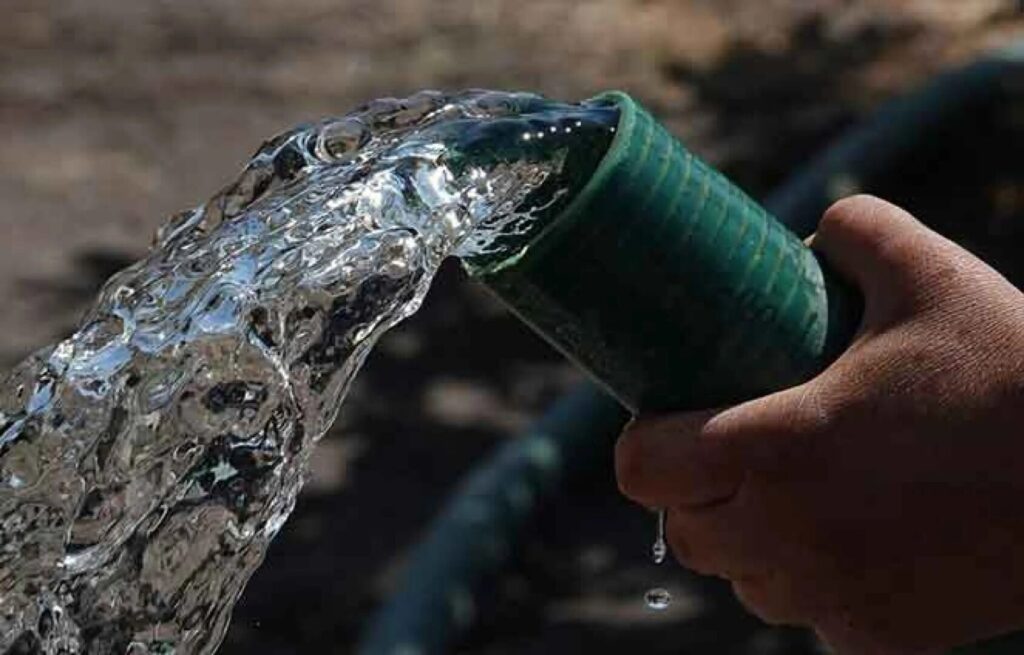Solutions to the water crisis many regions of the planet, including MexicoThe exploitation of water reservoirs in the Mediterranean Sea already exists and goes hand in hand with scientific and technological advances that are already available, one of them is the exploitation of water deposits in the Mediterranean Sea, which are already being developed. mega basinshe said Nelson Arizmendi Cruz.
Interviewed by Luis Cantufounder of LPS International, for the podcast Resonantthe President of SIIDEAS SC The models that have been used have been completely overtaken by events, so that in order to approach the water crisis you have to start thinking outside the box, with different ideas.
He indicated that just under 70% of the planet's freshwater is at the poles and approximately 29% is at the poles. mega basinsThis leaves 1% of the availability of this liquid through rivers, lakes, shallow waters and deep wells.
"It has been scientifically proven that 80% of the planet's rainfall is in mountains and all mountains were formed for two reasons: tectonic plate collisions and volcanic eruptions. That generates you a series of cracks and fractures," he explained.
Much of this water infiltrates through cracks in the rocks and these infiltrations form veins and arteries that can extend for hundreds or thousands of kilometers, with different recharge points and that are totally independent of the aquifers current ones, he said.
"If we were to move 3 points from mega basins to what is known today as shallow water, deep wells and shallow aquifers, we would triple the availability of water for humanity. That is vital. Three times more than what we have available water," he said.
The reality, he said, is that the mega basins store 30 times more water than exists in shallow water, deep wells and surface aquifers.
Arizmendi Cruz emphasized that technological and scientific advances are already beginning to be used in some regions of the planet to exploit these water deposits, with positive results.
"These solutions already exist, they have been successfully implemented in several countries, from deserts, islands, semi-arid areas, areas where there were shortages, some countries that were even in a water collapse in the Caribbean islands were rescued and this has been fully tested and proven also by the United Nations," he said.
Mexico faces a water crisis
The shortage of fresh water in Mexico has worsened in recent years and the situation is not expected to improve if we continue along the same path, with traditional water collection and storage systems.
Nelson Arizmendi stated that the dams, rivers and lakes are drying up, so this part is no longer sustainable.
"And it is not sustainable, having this type of solutions that have been successfully tested, for example, many people know Cuatro Cienegas, there are two subway rivers of 700 liters per second and the precipitation is minimal. Where does that water come from, from the mega basins. These have always captured water, but it is a sustainable and resilient scheme", he assured.
He indicated that in the studies they carry out, they analyze all aspects to fully understand the aquifer, where it is recharged, how much it is recharged, how it is recharged, whether or not it is sustainable and whether or not it is resilient.
"We follow a comprehensive, systematic, scientific and holistic protocol in a methodological way that allows us to ensure the sustainability, resilience and availability of the resource; the non-interference of the resource with current resources, so that these are not affected; that it is an appropriate quality of water, and that the water is accessible, affordable and with quality for the general population, the private sector and without affecting the environment," he said.
The solution, under our feet
He maintained that Mexico has characteristics that allow defining that in several areas this is the solution and it was pointed out at the time, but no action was taken and it was decided to go for the traditional solutions, with the results that are in sight.
"We can no longer continue implementing the same solutions and we see that they are not working. We have to find solutions that are (to) increase reserves, that are sustainable and resilient," he said.
Arizmendi Cruz commented that in the face of the climate and water crises, the United Nations is recommending the exploration of groundwater from sustainable and resilient sourcesas in the case of the mega basins.
The advantage of this model is that regardless of whether there are droughts or hurricanes, availability is sustainable and is not affected by these phenomena, he said.
"If we continue with dams and pipes, it is simply to continue depending on whether or not it is going to rain and whether or not there will be water for the following year," he said.
Communities, he stressed, can no longer depend on meteorological supplies and be at the mercy of the weather. Sustainable and resilient solutions must be thought of that are also integrated with the treatment, reuse and efficient use of water to achieve this sustainable cycle in harmony with nature.
Source: Resonant Podcast


